Owning a cat is often a delightful and comforting experience. Known for their mysterious behavior and independent nature, cats have unique ways of communicating with their human companions. While they may not speak our language, cats can clearly express themselves to alert us to potential issues. Understanding these signals is crucial for ensuring the well-being of your feline friend and maintaining a harmonious relationship. This article will explore 11 signs that your cat is trying to warn you about something, offering invaluable insights for all cat owners.
1. Changes in Appetite
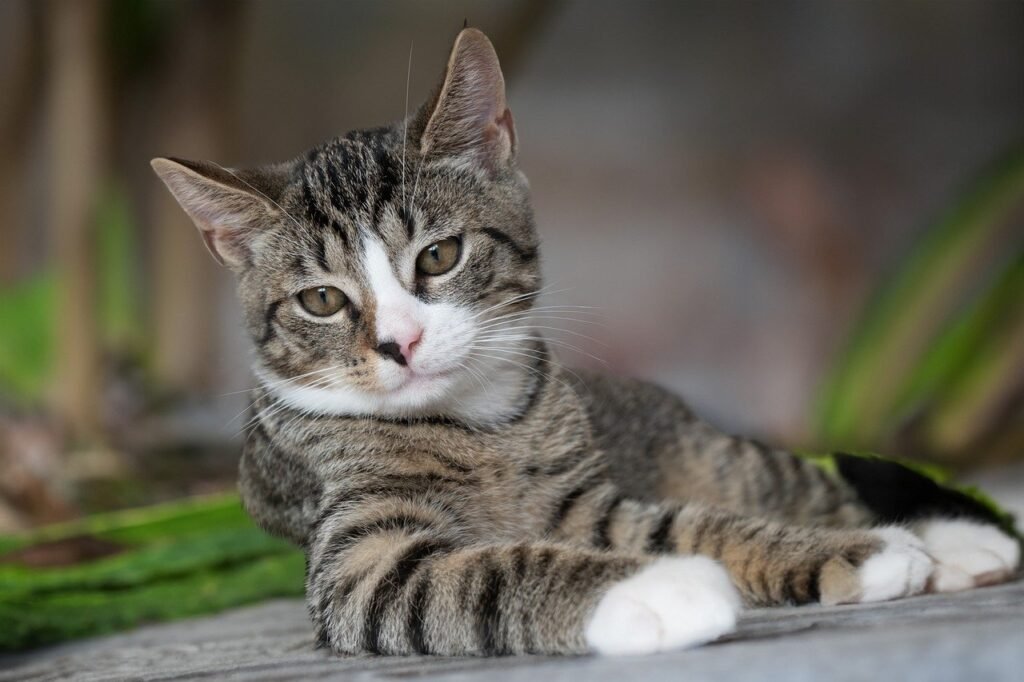
Cats are creatures of habit, and a sudden change in their eating habits can be a red flag. If your cat is eating significantly less or more than usual, it could indicate an underlying health issue or stress. A decrease in appetite may suggest dental problems, gastrointestinal issues, or even kidney disease, while an increase could be a sign of diabetes or hyperthyroidism.
2. Unusual Vocalizations
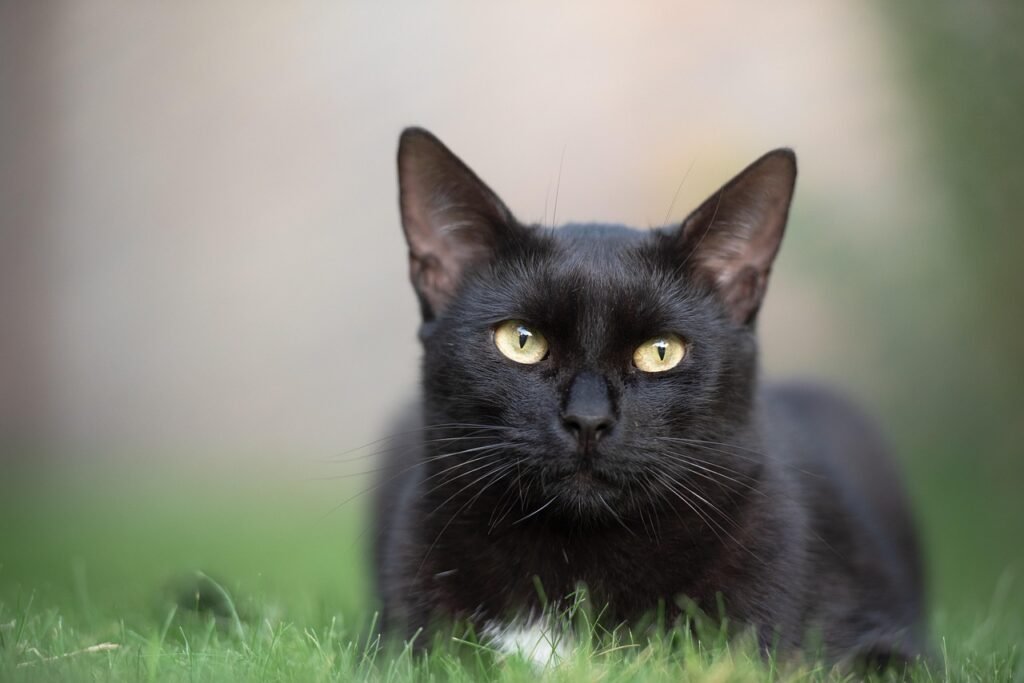
While some cats are naturally more talkative, an increase in meowing or yowling can be a sign that something is amiss. Cats may vocalize excessively to express pain, discomfort, or a desire for attention. It’s important to pay attention to the context and any accompanying behaviors to discern the meaning behind the vocalizations.
3. Frequent Litter Box Visits
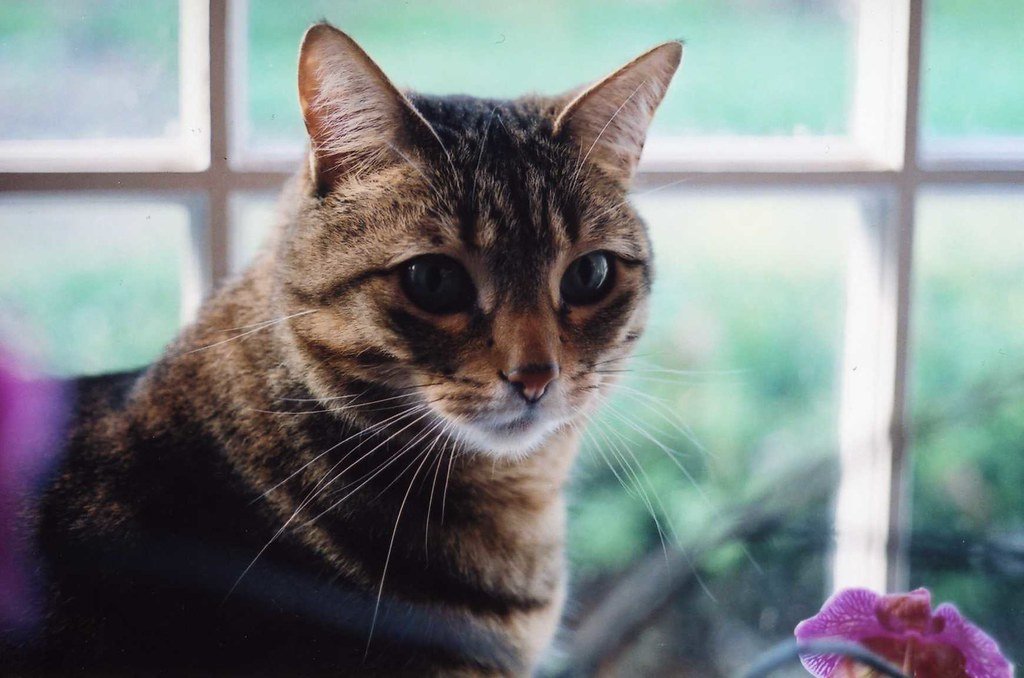
An uptick in litter box usage can indicate urinary tract infections, kidney disease, or diabetes. Cats may also visit the litter box more frequently due to stress or anxiety. Monitoring the frequency and nature of elimination habits can provide early warning signs of potential health concerns worth discussing with a veterinarian.
4. Aggressive Behavior
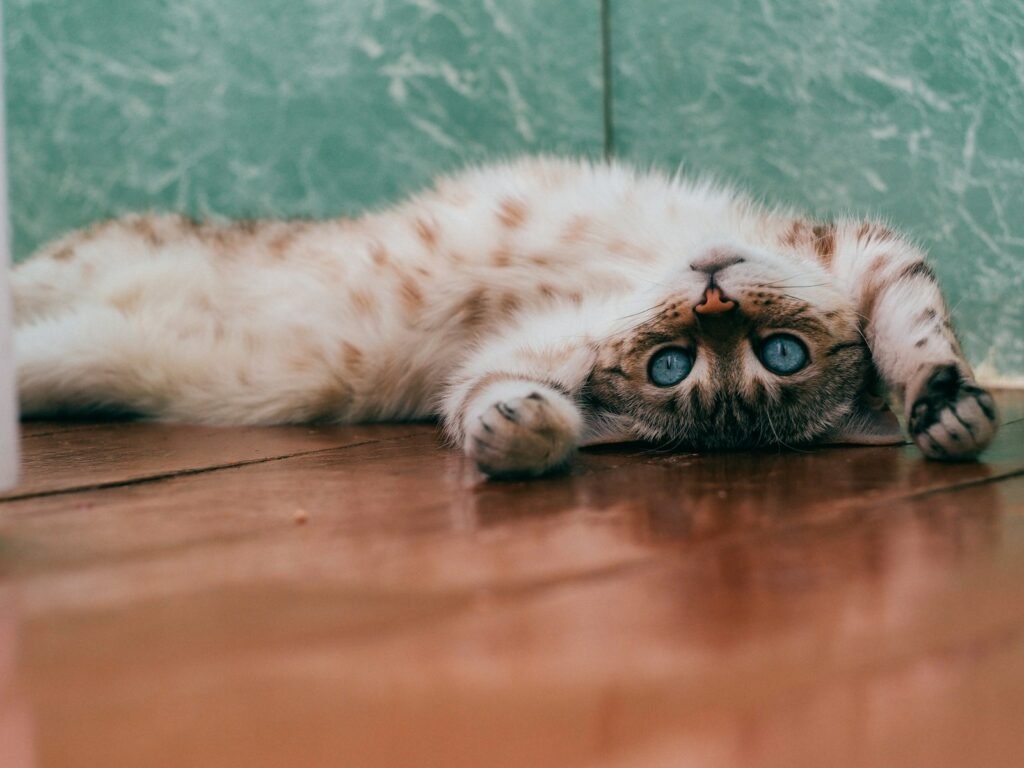
If your usually friendly cat becomes aggressive, it might be trying to tell you something is wrong. Aggression can stem from pain, fear, or territorial disputes. Observing the triggers for this behavior and seeking professional advice can help identify the root cause and prevent potential injuries to both the cat and its human companions.
5. Excessive Grooming
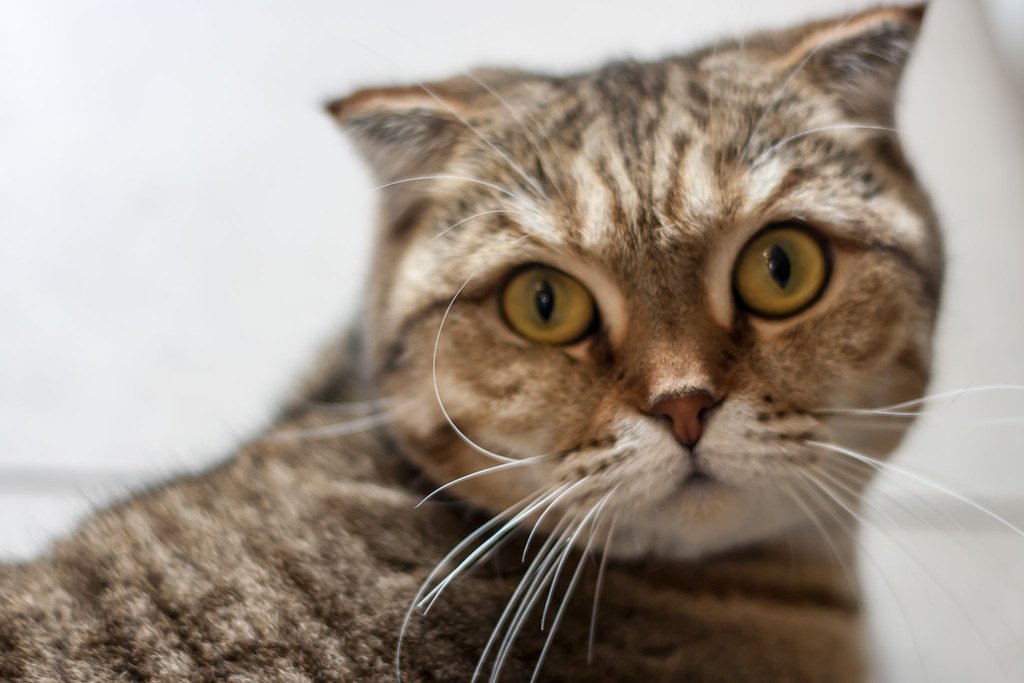
While grooming is a natural behavior for cats, excessive grooming may indicate stress, skin irritations, or flea infestations. Overgrooming can lead to bald patches and skin sores, so finding the cause and addressing it promptly is crucial to prevent further complications.
6. Hiding More Often
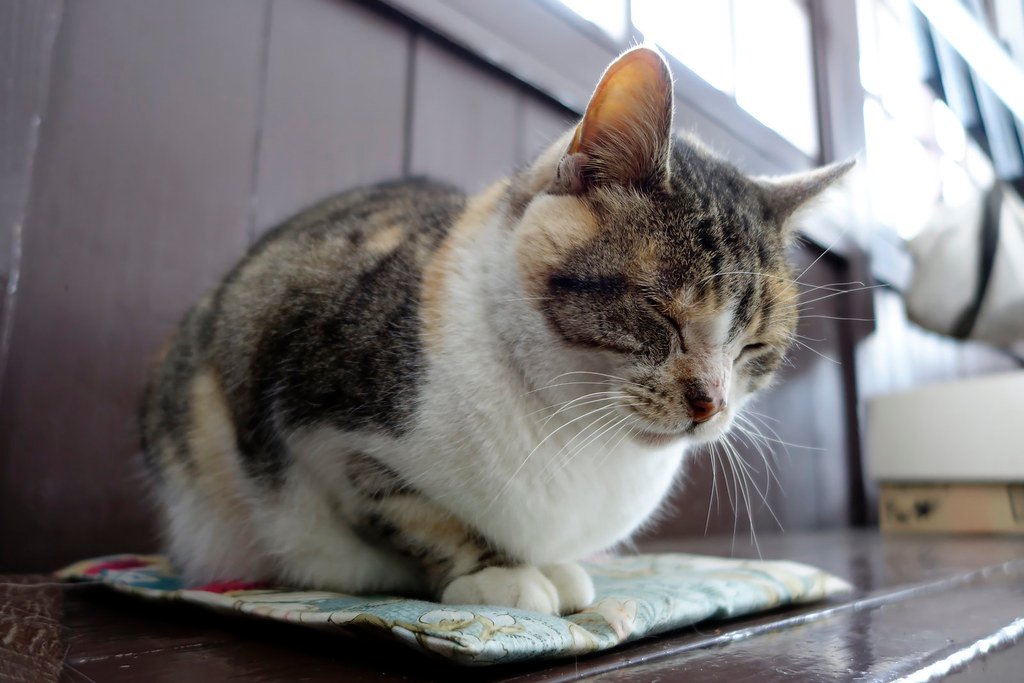
Cats often hide when they feel threatened or unwell. Increased hiding might signal anxiety, illness, or fear due to environmental changes. It’s essential to provide a safe and comfortable environment where your cat can feel secure and monitor any prolonged changes in behavior.
7. Panting or Shortness of Breath
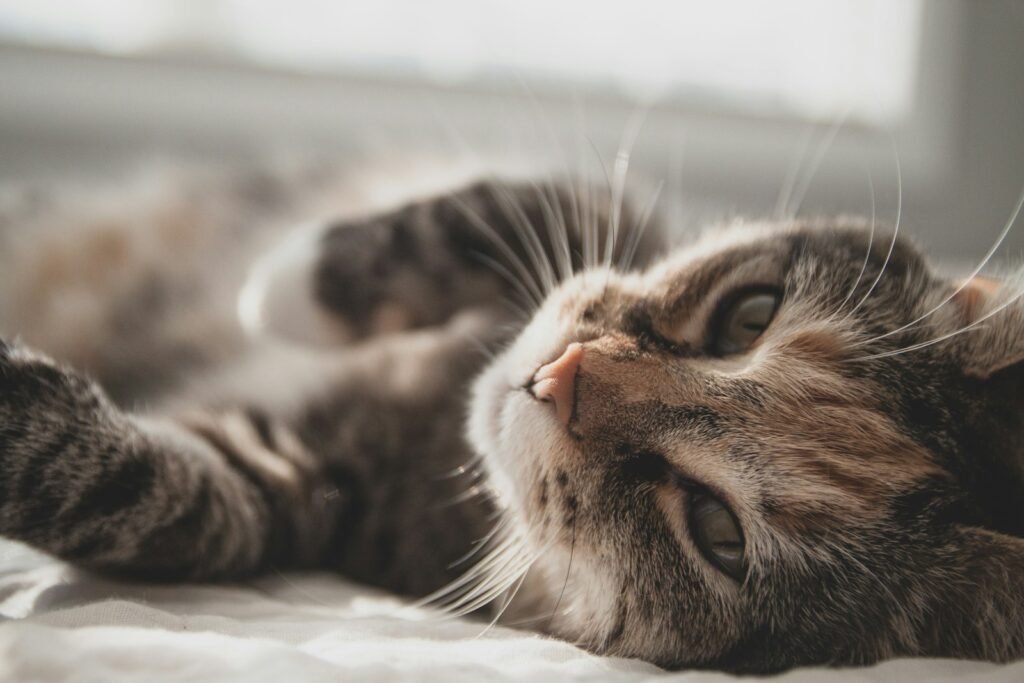
Unlike dogs, cats don’t usually pant unless they’re overheated, fearful, or stressed. Panting can also signal respiratory issues or heart problems. If your cat is panting frequently without an obvious reason, a prompt veterinary check-up is advisable to assess potential health concerns.
8. Scratching Furniture Intensely
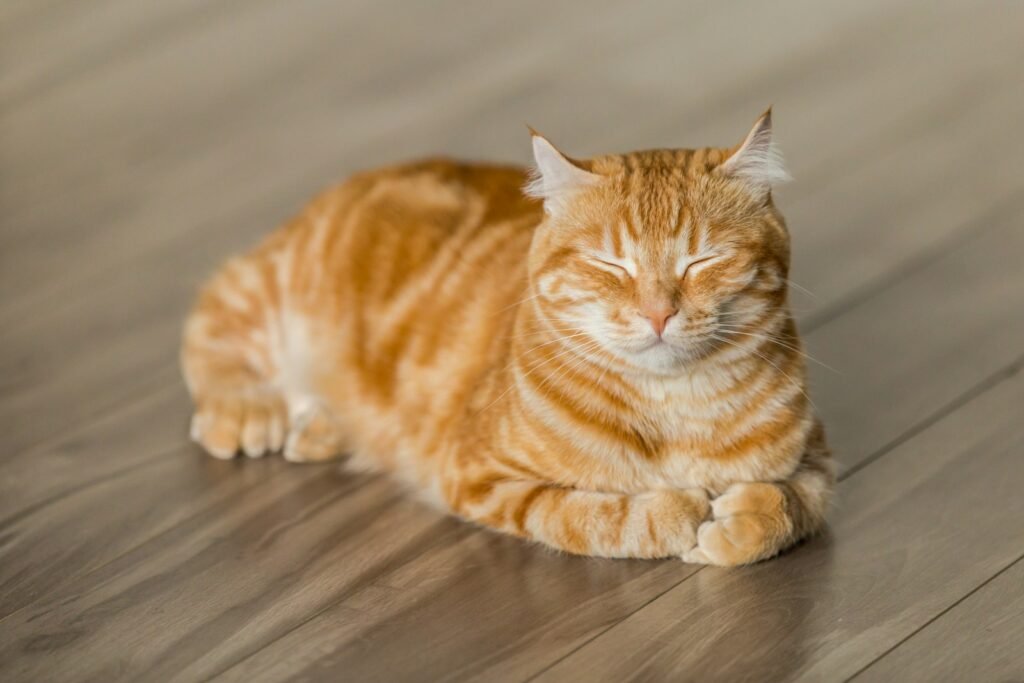
Although scratching is a normal behavior to mark territory and maintain claw health, excessive scratching, especially in unusual places, can indicate stress or dissatisfaction. It may be beneficial to provide alternative scratching posts or assess whether environmental changes are causing your cat distress.
9. Changes in Sleeping Patterns
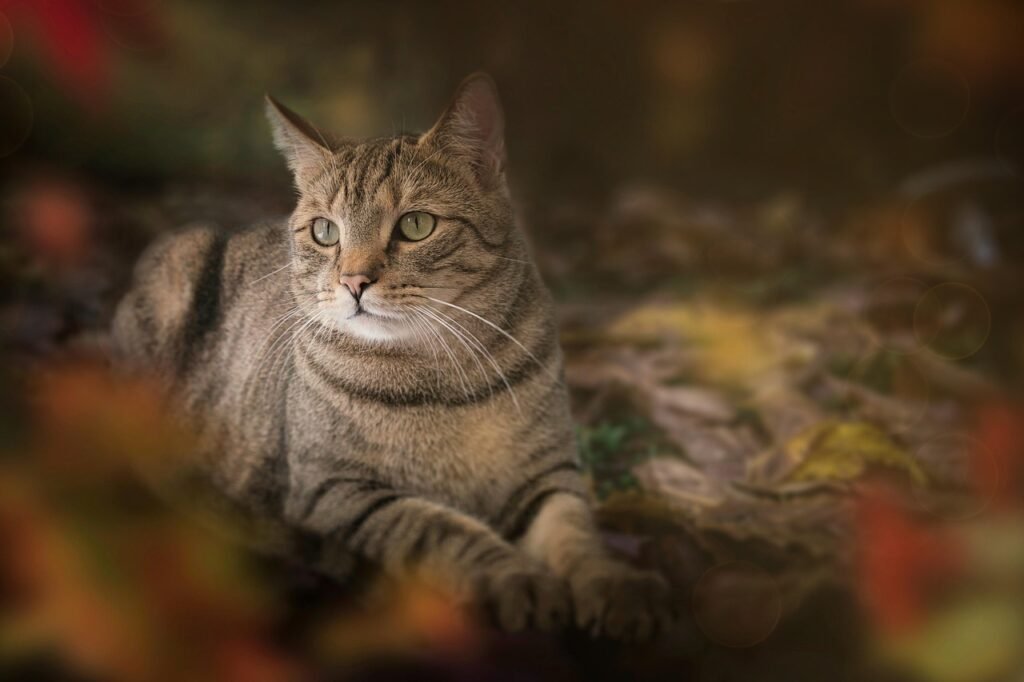
Cats sleep approximately 12-16 hours a day. Sudden changes in sleep patterns, such as increased lethargy or night-time restlessness, may suggest health issues or stress. Beyond regular check-ups, fostering a relaxing and stimulating environment during waking hours can help maintain a balanced sleep cycle.
10. Tail Flicking and Ear Position Changes
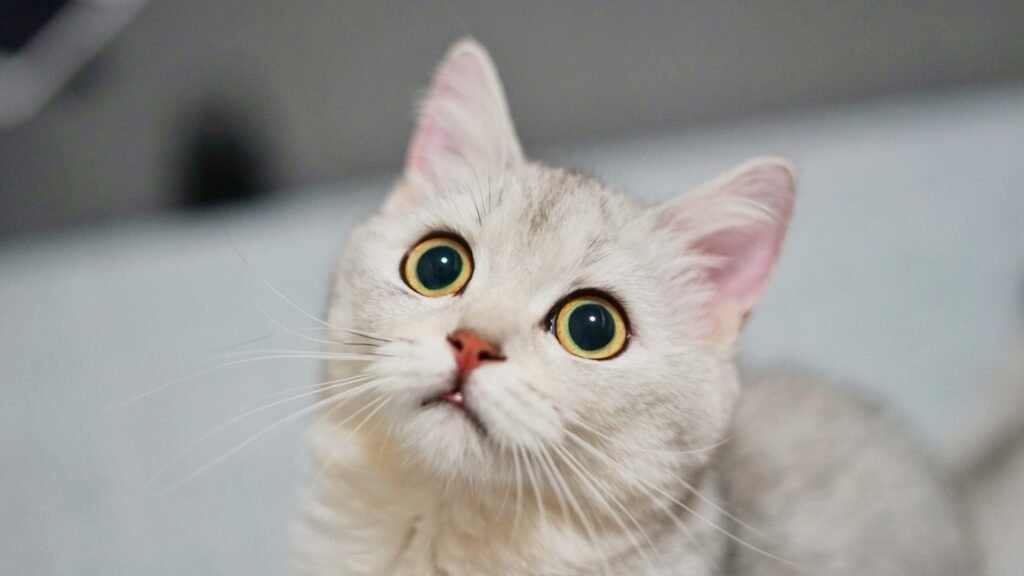
The position of a cat’s tail and ears can indicate its emotional state. Tail flicking or ears flattened against the head can imply agitation, fear, or distress. Observing these cues, alongside other behaviors, could offer insights into any environmental or emotional factors affecting your cat.
11. Loss of Interest in Play

Engagement in play is a sign of a healthy, happy cat. If your cat suddenly loses interest in its favorite toys or activities, it might signal physical discomfort or depression. Encouraging play, providing varied stimuli, and checking for health problems can help restore your cat’s enthusiasm for fun.
Conclusion
Cats communicate in their language, and by understanding these signs, you can ensure their happiness and health. While some behaviors may be straightforward, others might require astute observation and potential veterinary advice. By staying attentive to these signals, you can strengthen your bond with your feline friend and act swiftly to address any issues that may arise. Remember, a watchful eye and proactive approach are vital in nurturing a happy, healthy environment for your beloved pet.
Hi, I’m Bola, a passionate writer and creative strategist with a knack for crafting compelling content that educates, inspires, and connects. Over the years, I’ve honed my skills across various writing fields, including content creation, copywriting, online course development, and video scriptwriting.
When I’m not at my desk, you’ll find me exploring new ideas, reading books, or brainstorming creative ways to solve challenges. I believe that words have the power to transform, and I’m here to help you leverage that power for success.
Thanks for stopping by, Keep coming to this website to checkout new articles form me. You’d always love it!






